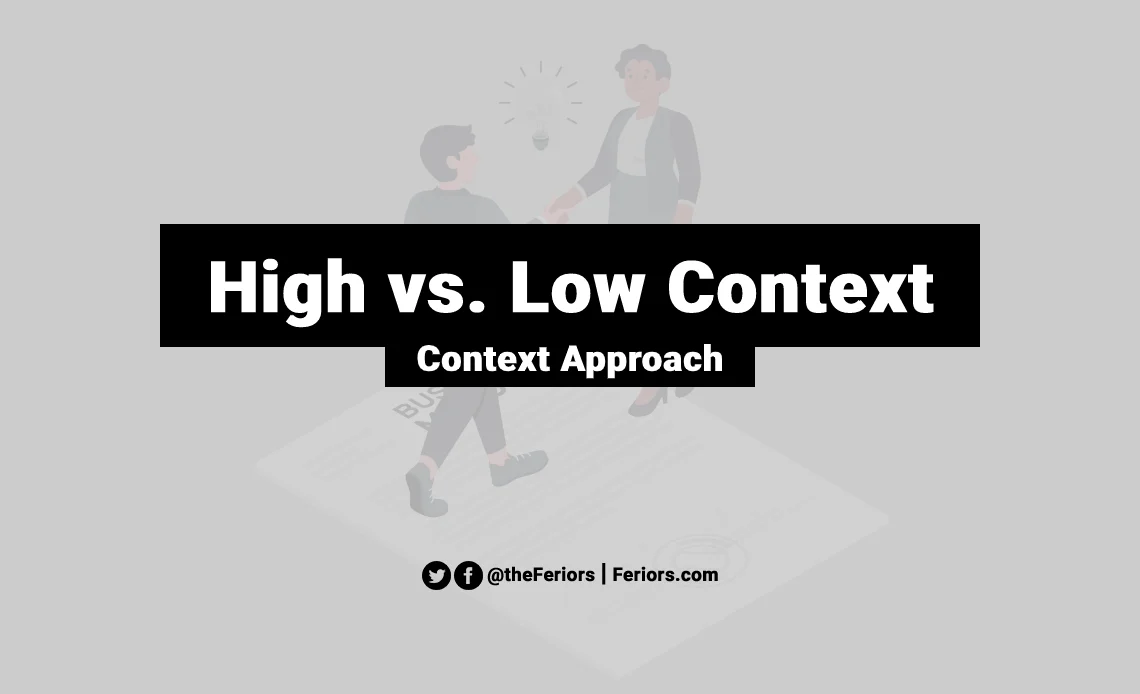What is Context Approach
The context approach is a background on which social interaction happens. The context of the communication is all the aspects of the situation beyond what is explicitly communicated. Edward T. Hall offers a classification of the culture-based context approach in two different communication styles: High context culture and low context culture.
Edward T. Hall classified the high and low context approach based on communication style, especially on the role that context plays in communication and interaction.
- Low-context culture refers to communication that is usually taken at face value without much reliance on unspoken context.
- High-context culture refers to communication that relies a lot on the underlying unspoken context, which is as important as the words used.
Understanding the context approach is important because failure to understand the differences in interaction styles may lead to misunderstanding. For example, in Japan, a high-context culture, negotiators may not just say “No” to what they don’t want. Japanese people tend to say something like “we will get back later.”
Key Points
- The context approach is a background on which social interaction happens.
- Low-context culture is a culture in which communication is usually taken at face value without much reliance on unspoken context.
- High-context culture is a culture in which communication relies a lot on the underlying unspoken context, which is as important as the words used.
What is a High-context Culture
High context culture is the communication that tends to be implicit and indirect. In high-context cultures, people tend to communicate with nonverbal and subtle situational cues, and a person’s official status, place in society, and reputation carry considerable weight.
Communication in high-context cultures has a stronger reliance on establishing trust between both parties. Establishing trust is important for achieving long-lasting success.
High context culture examples:
- Less verbally explicit communication, less formal written information.
- “No” does not necessarily mean “No”.
- Focused on long-term relationships.
- Person-to-person conversations and relationships are crucial for decision-making and doing things.
- Age, seniority, and rank in the organization influence credibility.
China, Japan, South Korea, and the middle east people are considered as a high context cultures.
What is a Low-context Culture
Low context culture is the communication with explicit patterns (direct and unambiguous). In low context culture, they rely mainly on speaking and writing text to understand. Body language or formal titles are less important here.
Low context culture examples:
- Rule-oriented, people play by rules.
- Rely mainly on speaking and writing text to understand.
- Body language or formal titles are less important in the negotiation.
- “No” means “No”
- Sequencing, separation of time, space, activities, and relationships.
- The relationship is shorter.
- A contract is more important than establishing trust between both parties.
North America and Europe are considered as the low context cultures.



